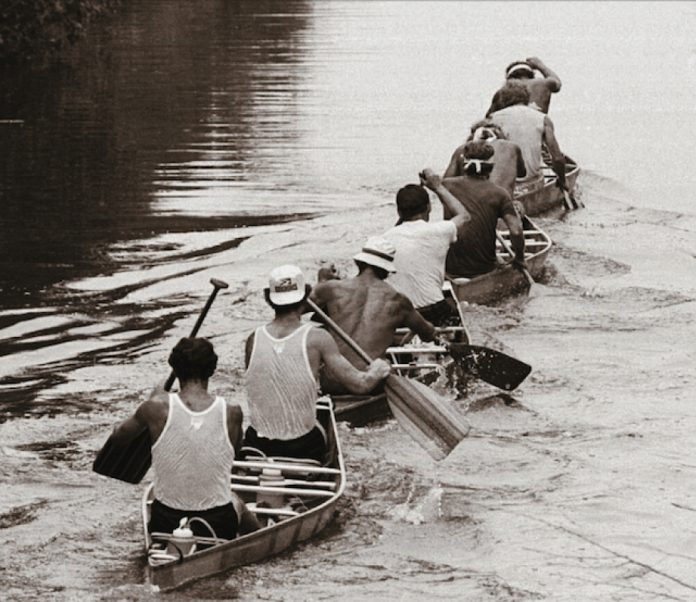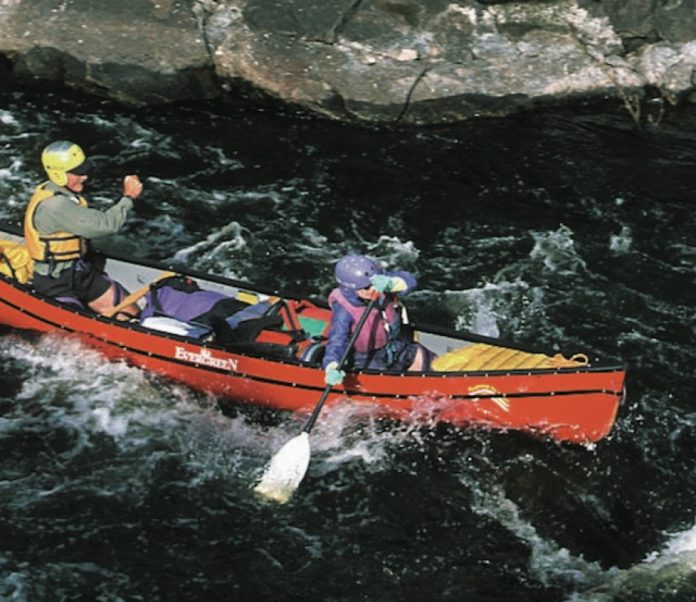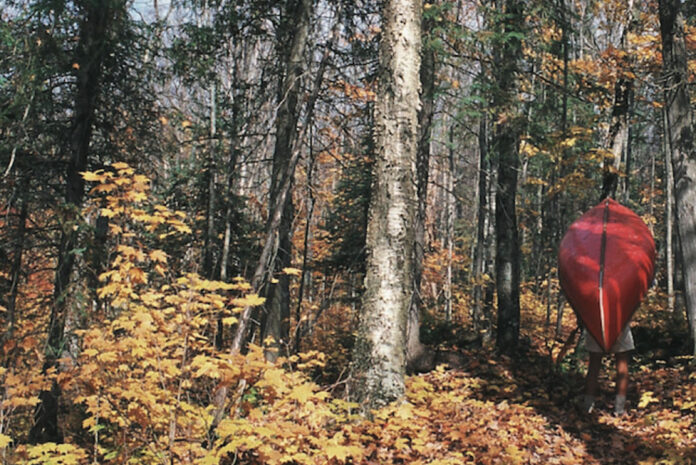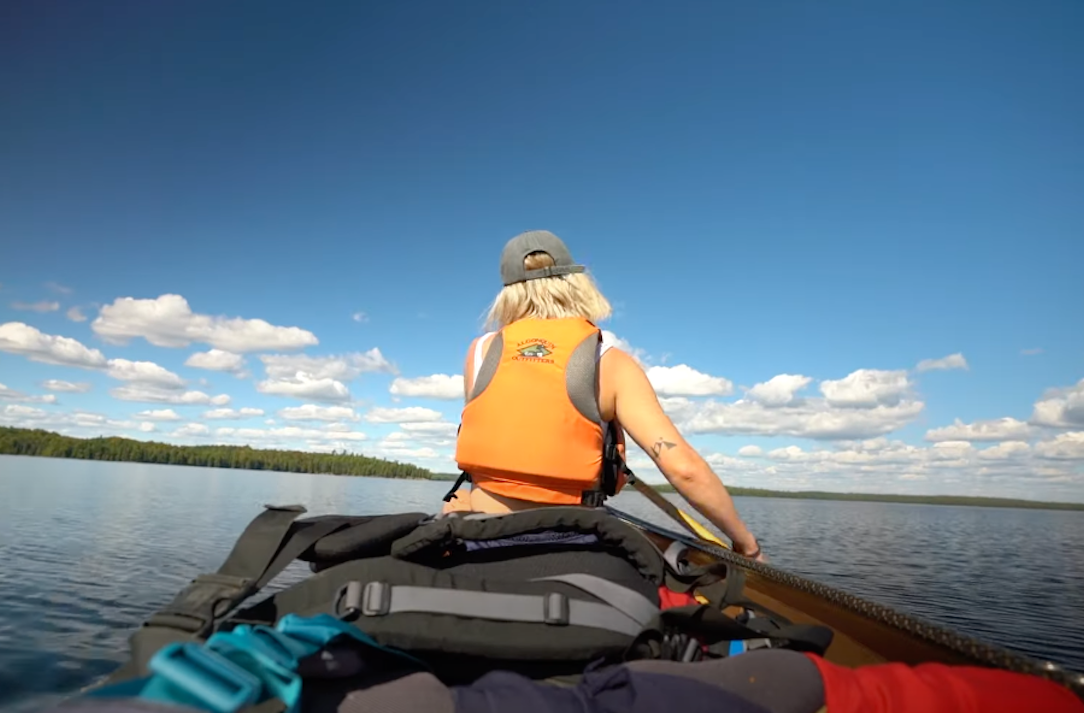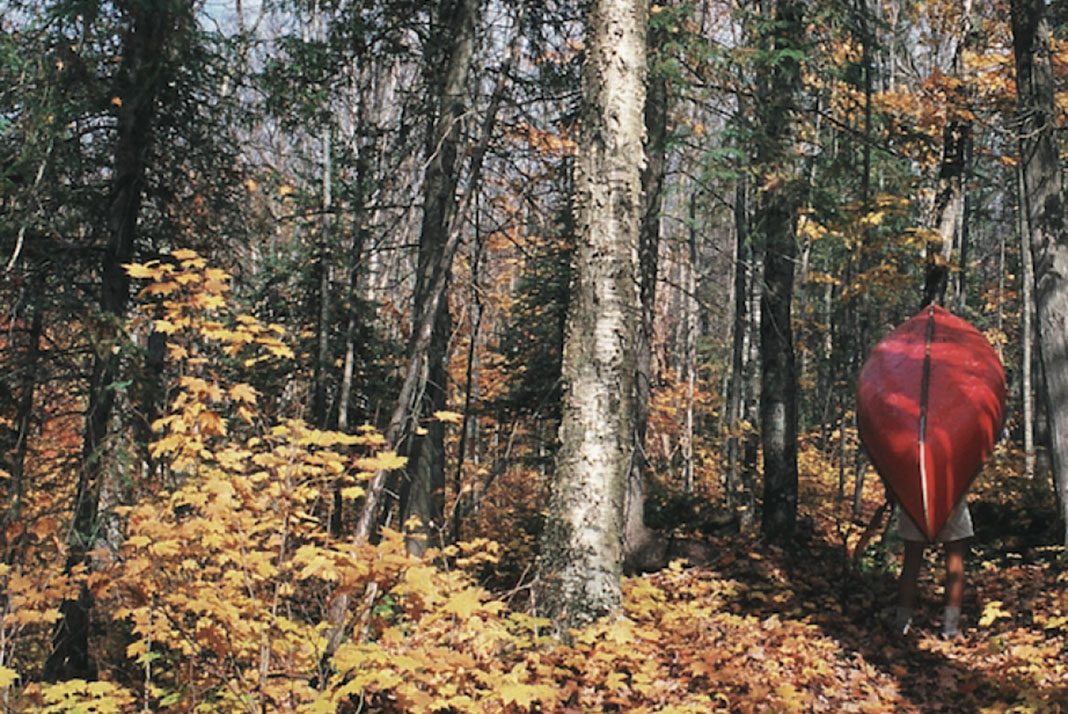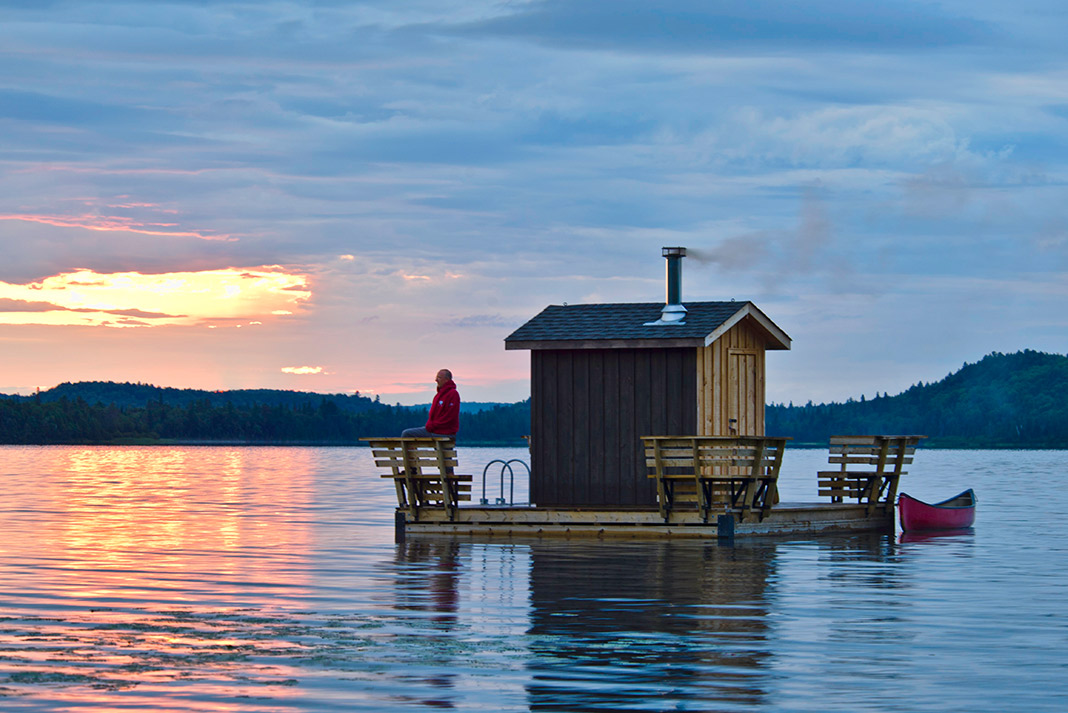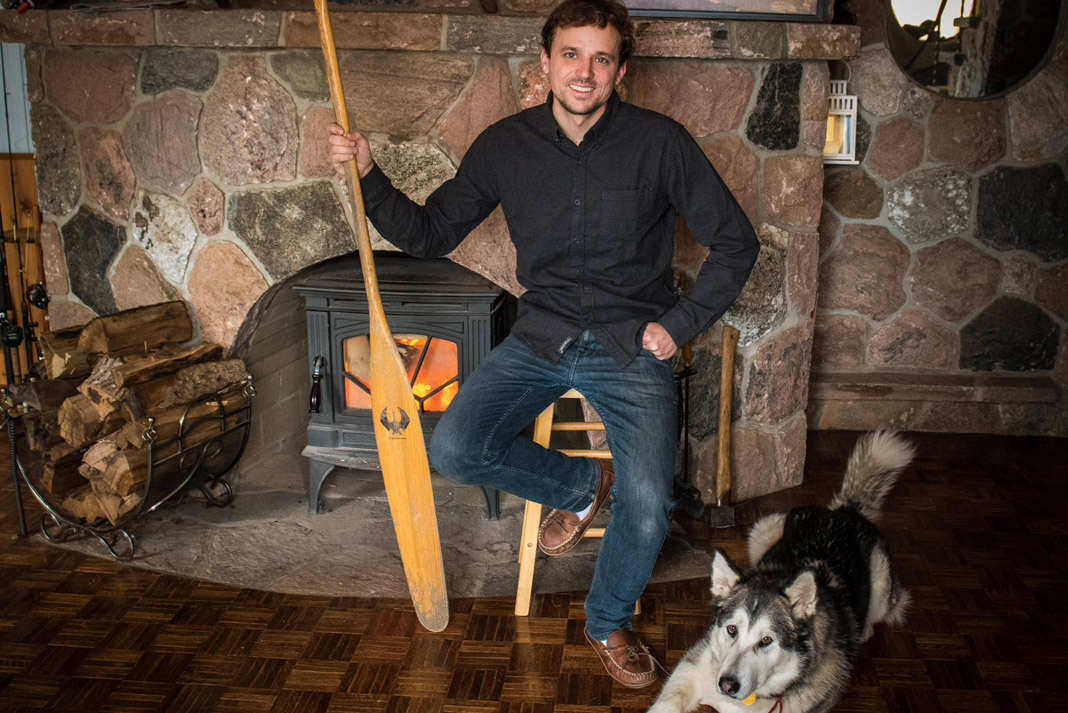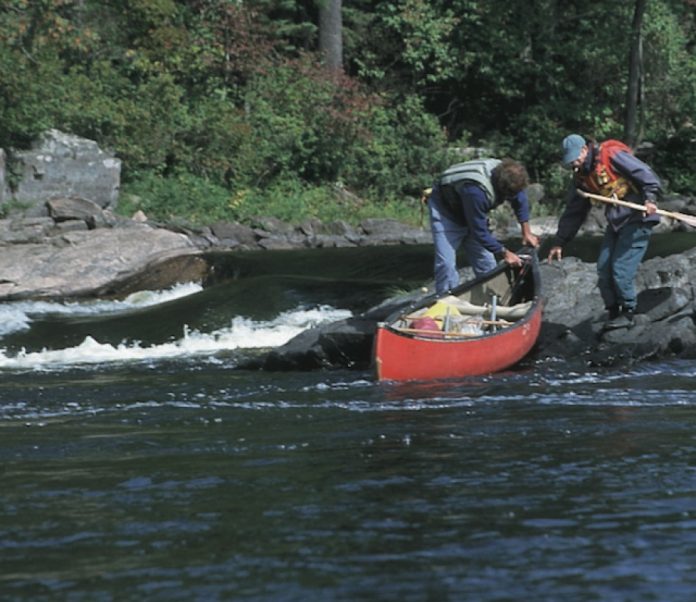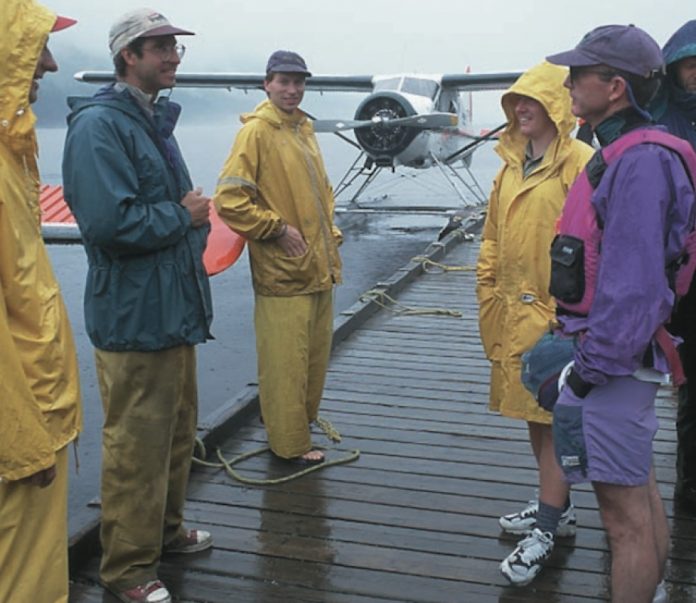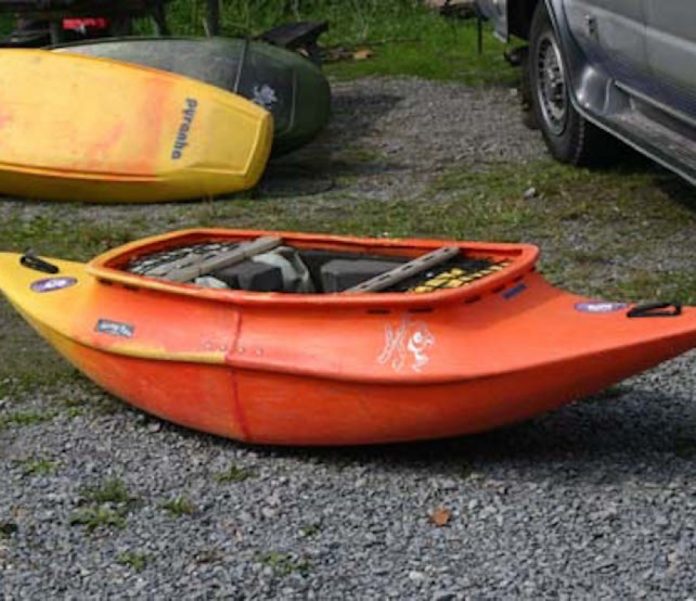In a time when more and more women are entering the world of kayak touring it is nice to see companies like boreal Design stepping up and producing smaller and still fully capable touring boats. At 14’6” long and 22.5” wide the Pakesso is a smaller and lighter kayak that women and small paddlers can actually control and carry, increasing both confidence and their overall kayaking experience. And with front and rear storage compartments having the volume exceeding that of many full-sized touring boats the Pakesso is not limited to weekend trips.
Boreal has put plenty of thought into the finishing touches of the Pakesso. The hatch covers fit flush with the deck and are sealed tightly with rubber gaskets and the new boreal Hatch closure system. Simply loop the rope to the tab and the buckle cams and snaps shut over the hatch cover, the excess webbing fastens with Velcro to keep it out of the way and acts as a backup. The buckle cams are easy on cold fingers and complete free the hatch opening from criss-cross webbing and straps for easy access. We also liked the moulded depression in front of the cockpit rim allowing you to get your skirt on more easily and offering a place to rest your paddle when taking a break.
The flat back deck and upswept style of the Pakesso is most often available with a skeg. The fact of the matter is, an internal drop down skeg takes up valuable space in the stern hatch. Instead of incorporating the alternative standard style top mounted rudder, Boreal created a new low profile rudder also found on their plastic Ookpik. The rudder is mounted at the rear of the boat just above the water line. The in-water surface area of the new rudder I comparable to other touring boats but because it is mounted so low and without a large pulley mechanism there is less surface area exposed to wind. Its easily deployed and the pedals operate with a silky smooth feeling. The pedals are easily adjusted with sliders on straps of webbing that are accessible at the knee so you can adjust on the fly and not have to extricate yourself from the boat to move the foot pegs.
The Pakesso has a semi-hard chine and a long waterline for such a small boat. This combination creates a boat that zips along with nimble primary stability and reasonable tracking when paddling flat and straight. We’ve come to realize that no matter a paddler’s skill level, confidence is directly related to how much they feel they are one with the boat. The Pakesso is a nice narrow fit for smaller paddlers making it easy for them to tilt it on edge where it can be held with confidence. Tilted on edge the Pakesso is a turning machine, and carves an outside tilt turn radius of just over its length. Add the Pakesso’s comfortable seat and thigh braces parked in the right spot for shorter legs and you have a fun and functional touring boat for smaller paddlers; paddlers who are used to having to work much harder to get full-sized boats to perform.
Specs
Length: 14 ft 6 in
Width: 22.5 in
Weight: 45 lbs without rudder
Cockpit: 16×30 in
Front hatch: 10.5×10.5 in, 71 litres
Rear hatch: 15×10.7 in, 110 litres
Total volume: 391 litres
SRP: $2200 CAD w/o rudder, $2475 CAD w/rudder
This article first appeared in the Summer 2002 issue of Adventure Kayak magazine. For more boat reviews, subscribe to Adventure Kayak’s print and digital editions here.



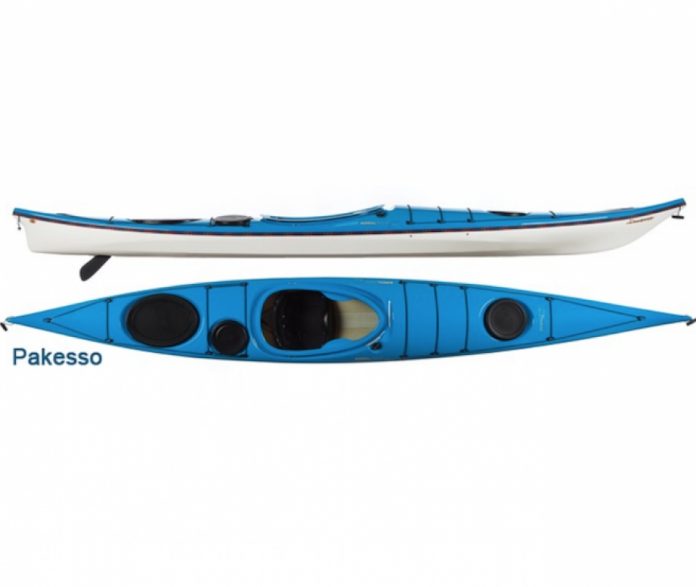
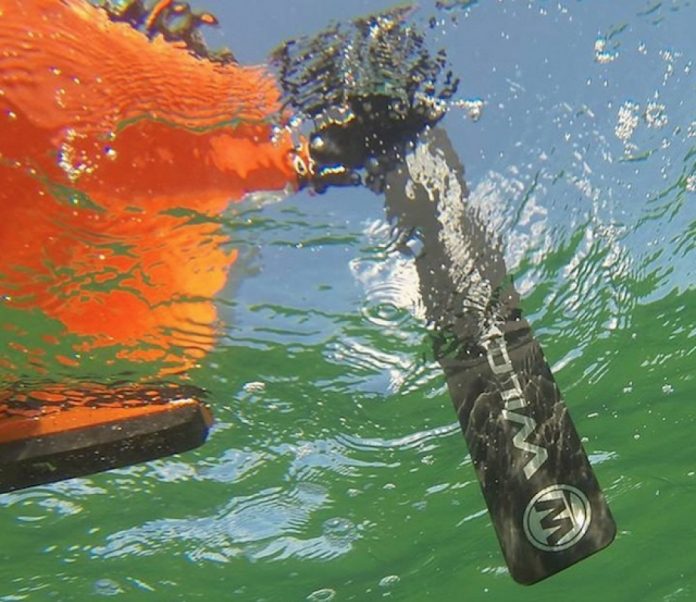

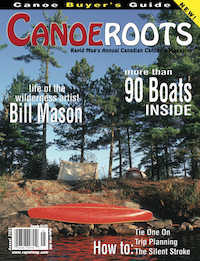 This article first appeared in the Summer 2002 issue of Canoeroots Magazine. For more great content, subscribe to Canoeroots’ print and digital editions
This article first appeared in the Summer 2002 issue of Canoeroots Magazine. For more great content, subscribe to Canoeroots’ print and digital editions 